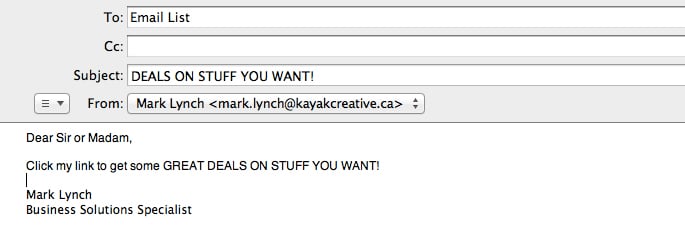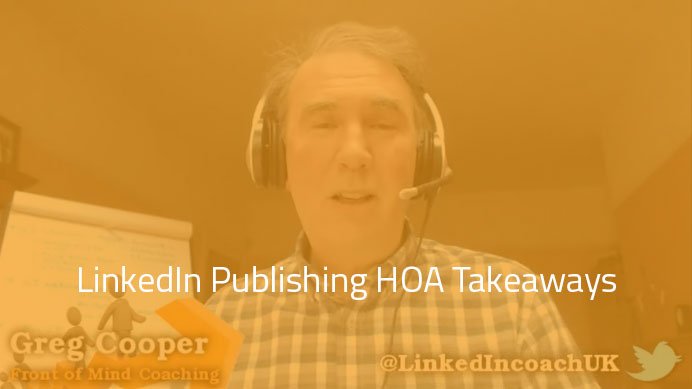2012 Laws for Email Marketing: A Must Read!
The 2012 Anti-Spam Act
What Canada’s new regulations mean for your email marketing campaigns, no matter what country you are in.
The Fighting Internet and Wireless Spam Act (short name, Anti-Spam Act), has tightened the requirements for sending an electronic communication in Canada. Electronic communications include all text, sound, voice, or video messages. This primarily means text messages, picture and video messages, and emails. For this article, we’re going to focus on email.
Email Marketing is an excellent tool for lead nurturing and keeping your current clients up to date. However, now you need to be extra careful with whom you’re sending emails to. We understand the Anti-Spam Act to be applicable to any email sent from, routed through, or received in Canada. So if you are doing any business in or from Canada, you need to be aware of the new regulations
Prior to January 1st, both Canada and the US operated on an opt-out standard. This meant databases of emails could be acquired by marketers and you could receive unwanted messages as long as you had the option to opt-out (i.e. unsubscribe) from their mailing list. While the US regulations have not changed, Canada has moved to an opt-in requirement.
The new Anti-Spam Act applies to all emails with “commercial activity.” Commercial activity is defined as a transaction, act, or conduct of a commercial character, whether or not it is with the expectation of profit. This means non-profits are accountable to the new regulations as well. But not every email with commercial activity requires someone to opt-in. We interpret the act to include three ways in which an email can be legally sent.
- An exception where no consent is required. You are still free to send emails with commercial activity without having someone opt-in if there is a personal or family relationship to the recipient.
- A situation where consent can be implied. If there is a long-standing business relationship, which is defined as two years or more, they are considered exempt from the opt-in. If there is an existing relationship between a charity and a donor, there is also implied consent. Finally, a person who has given you their email address and the message is relevant to their business or duties, consent can be implied.
- Express consent. This is the biggest change. If someone doesn’t fall into the previous two exceptions, they must give express consent that they want to receive your communications, along with an opt-out option available in the message. The onus is on the business to prove consent in the event of a claim against the act.
It’s hugely important to adhere to the act.
The maximum penalty for an individual is a $1 million fine, per violation. For corporations the maximum rises to $10 million. Unless you have some spare millions sitting in the bank, I would suggest reviewing your email marketing strategies right away.
Figuring out how to entice people to opt-in to your communications becomes of the utmost importance. Blogs and social media are great ways to drive traffic to your site. From there you need to be able to capture leads, and get consent for future communication, with unique landing pages.
If you want to learn more about capturing leads through email marketing that adheres to current e-marketing laws, download our updated 10 Step Email Market
{{cta(‘c96bb65e-1857-42ea-8223-c905f9e81231’)}}
More information on The Fighting Internet and Wireless Spam Act







